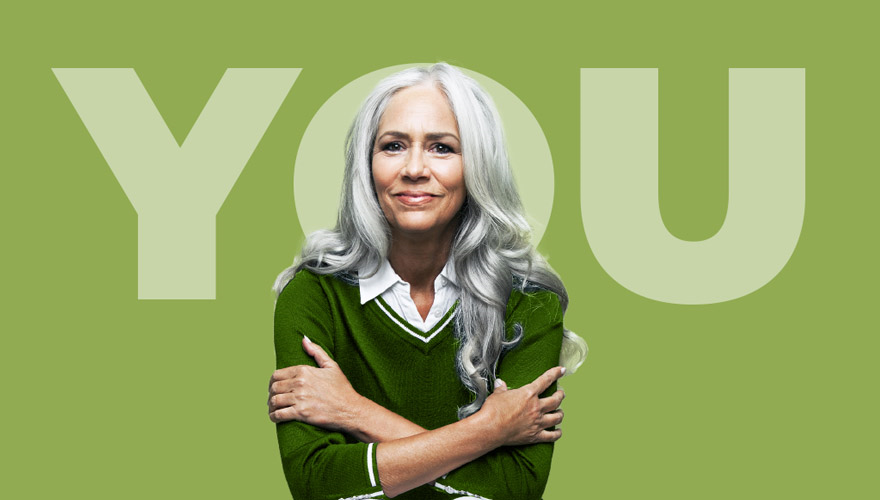Annual Mammograms + Healthy Aging

We’re often asked, “what is the biggest risk for getting breast cancer.” The greatest risk for getting breast cancer is being a woman. The second biggest risk is simply aging. Currently in the United States, the median age of women diagnosed with breast cancer is 62. As breast cancer expert Dr. Rachel Brem states in her recent book, “No Longer Radical,” most breast cancers occur in postmenopausal women over the age of fifty-five. Why? Because it’s not just age that is the risk factor – it’s also the years of estrogen exposure from the point of menstruation to menopause.
However, as she also notes, breast cancer in older women often grows slowly and is not as aggressive as cancers found in younger women.
While many women feel they can begin to taper off getting an annual mammogram in their 60s, the opposite is true. An annual screening mammogram can find early-stage cancers, which means early treatment and intervention and can lead to better outcomes. In addition to an annual mammogram, there are other actions you can take that may impact your risk for getting breast cancer.
What to Know
Daily Exercise:
30-minutes of exercise a day has been shown to decrease the incidence of breast and other cancers.
Maintain Normal BMI:
Fat cells produce estrogen. For every 11 pounds gained after menopause, breast cancer risk increases by 3%.
Reduce Alcohol Consumption:
Multiple studies have shown that women who drink alcohol have a higher risk of getting breast cancer than women who do not drink alcohol. A reduction in alcohol intake an also reduce your risk for developing other cancers, including esophageal, liver and colorectal cancers.
Hormone Replacement Therapy:
Hormonal replacement therapy (HRT) after menopause increases the risk for breast cancer. Discuss the use of HRT with your primary care physician to determine the right course of action for you for managing menopausal symptoms.